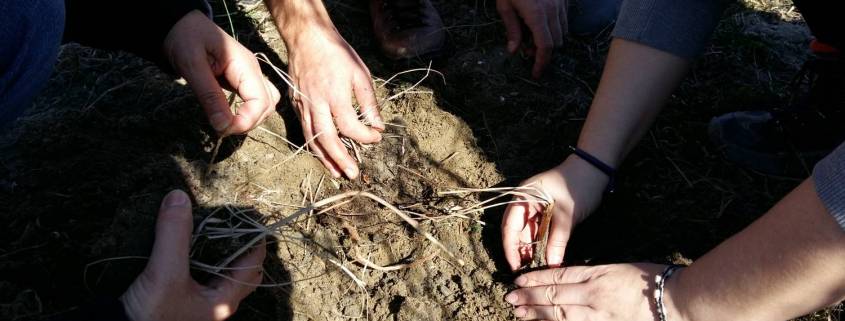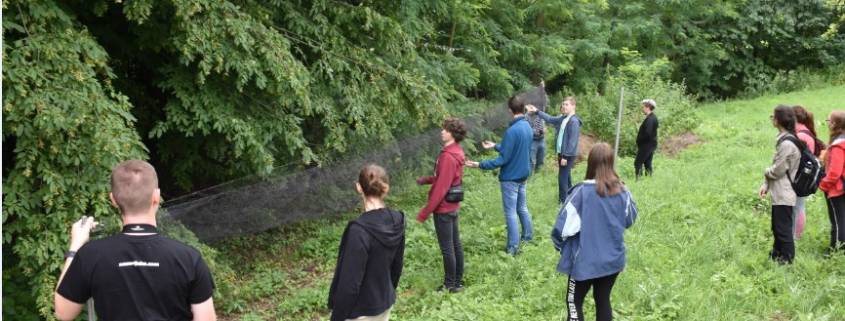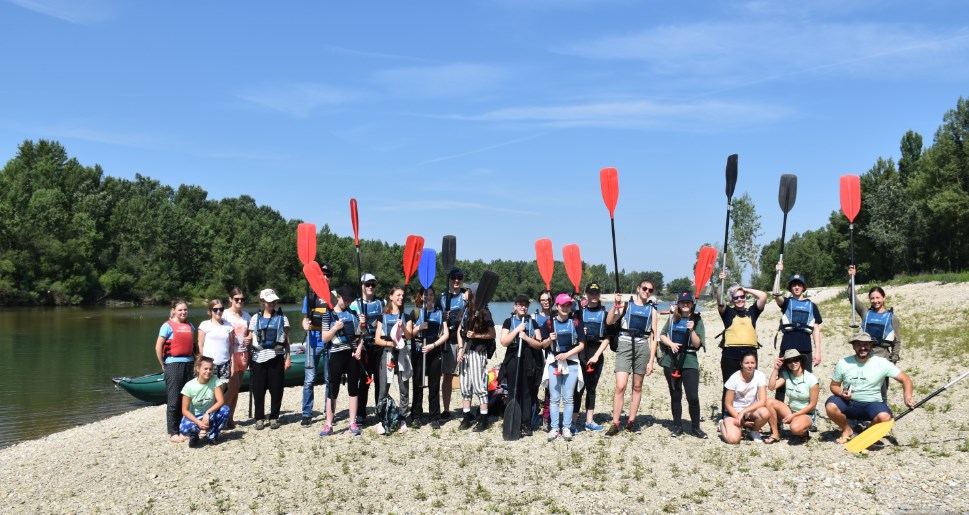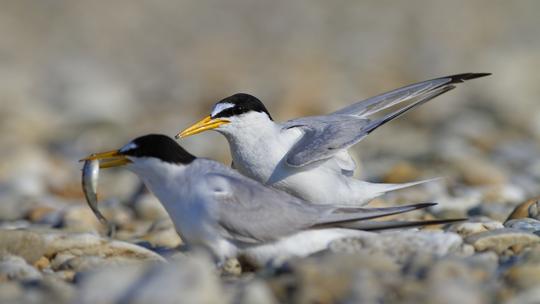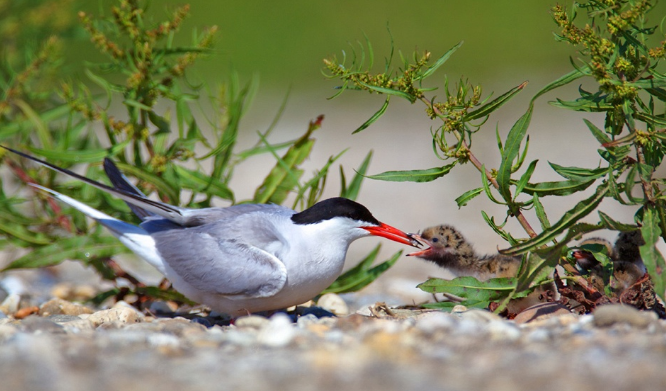World Water Day Marked by the Reintroduction of Dwarf Cattail on the Drava River
LEGRAD – This year’s reintroduction of the dwarf cattail (Typha minima) was held on World Water Day (March 22nd) on several locations along the Drava River. Our expert associate Dragica Purger, PhD, mentioned that the Drava still displays characteristics of a natural, unregulated river.
However, Purger warned that human activity on the river, primarily the construction of hydroelectric power plants, excessive gravel and sand removal, and the construction of regulatory infrastructure, has resulted in major changes in hydromorphological dynamic processes and the ecological condition of the Drava River.
Purger notes that important indicators of negative changes include the disappearance of specific river habitats, gravel and sand banks, as well as the disappearance of key species that depend on these habitats. One of them is the dwarf cattail (Typha minima), which disappeared from the Croatian part of the Drava river in the last three decades. “The reintroduction of dwarf cattail in its natural habitat on the Drava River, implemented within the scope of the DRAVA LIFE project, has a practical and symbolic significance,” Purger said.
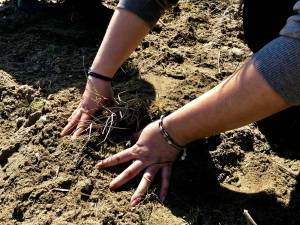
©WWF
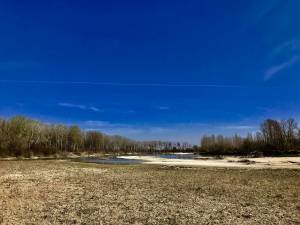
©WWF
Dwarf cattail disappeared from this area more than 20 years ago. To be more precise, it was last recorded on gravel bars near Varaždin in 1994. Both the German tamarisk (Myricaria germanica) and the dwarf cattail (Typha minima) are pioneer species that grow on habitats such as sandbanks and river banks in freshwater ecosystems.
“Given that last year’s reintroduction of dwarf cattail was not completely successful due to extremely high water levels, we decided to reintroduce this extinct river plant once again, this time under the guidance of our expert associate Dragica Purger, PhD. We hope that we will have more luck this year and that the plants will grow well”, explained Branka Španiček from WWF Adria. Španiček added that the ultimate success of reintroduction and repopulation can only be ascertained once the seedlings are fully adapted to the new habitat and once they begin to reproduce.
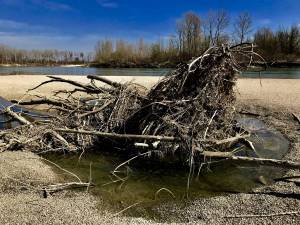
©WWF
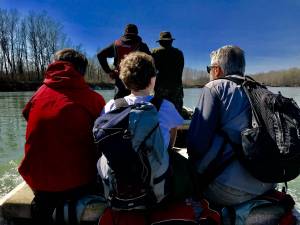
©WWF
“Successful reintroduction of this plant species will increase the biodiversity and improve the ecological function of river ecosystems, although the permanent establishment of these populations will depend on the implementation of river revitalization measures. It will also be an indicator of improving river conditions and increasing natural value of the Drava River”, concluded Purger. This year’s reintroduction wouldn’t be possible without help of DRAVA LIFE partners and associates from the Drava Federation (Hungary).

